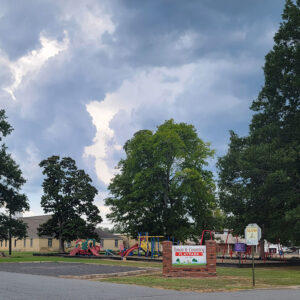 Hazen Park
Hazen Park
Entry Category: Counties, Cities, and Towns - Starting with H
 Hazen Park
Hazen Park
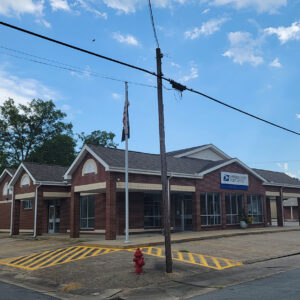 Hazen Post Office
Hazen Post Office
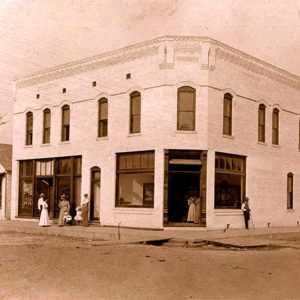 Hazen Post Office
Hazen Post Office
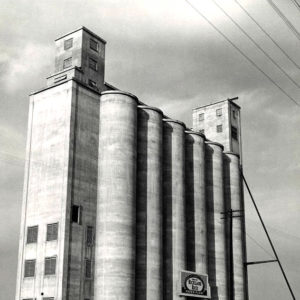 Hazen Rice Elevator
Hazen Rice Elevator
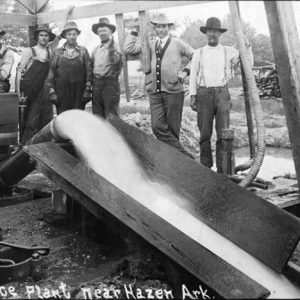 Hazen Rice Plant
Hazen Rice Plant
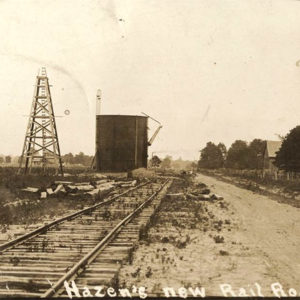 Hazen Scene
Hazen Scene
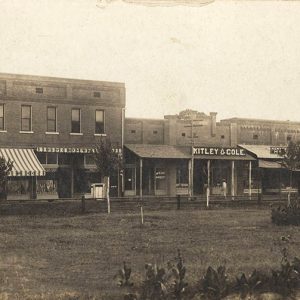 Hazen Street Scene
Hazen Street Scene
 Hazen Street Scene
Hazen Street Scene
 Hazen Street Scene
Hazen Street Scene
 Hazen Street Scene
Hazen Street Scene
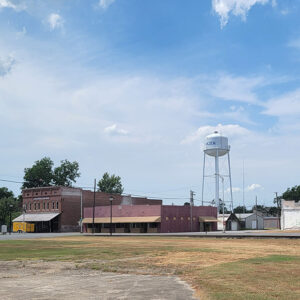 Hazen Street Scene
Hazen Street Scene
 Hazen View
Hazen View
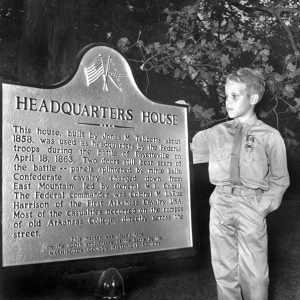 Headquarters House Commemorative Plaque
Headquarters House Commemorative Plaque
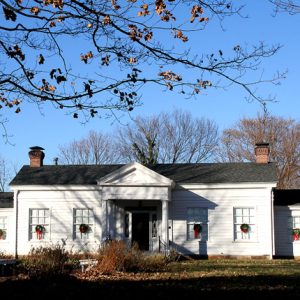 Headquarters House Museum
Headquarters House Museum
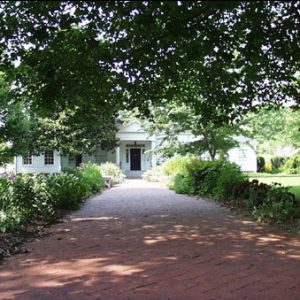 Headquarters House Museum
Headquarters House Museum
 Headquarters House Museum
Headquarters House Museum
Hearn (Clark County)
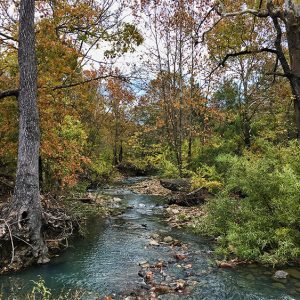 Heath Creek
Heath Creek
Heber Springs (Cleburne County)
 Heber Springs Depot
Heber Springs Depot
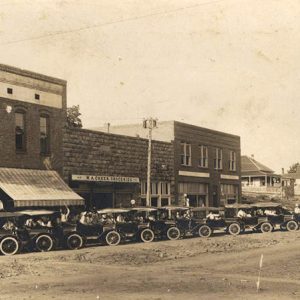 Heber Springs Street Scene
Heber Springs Street Scene
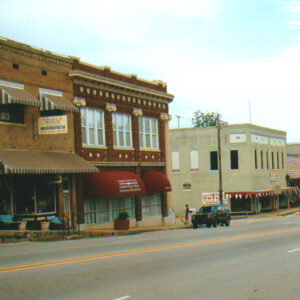 Heber Springs Street Scene
Heber Springs Street Scene
Hebron (Clark County)
Hector (Pope County)
 Hector Church
Hector Church
 Hector Church
Hector Church
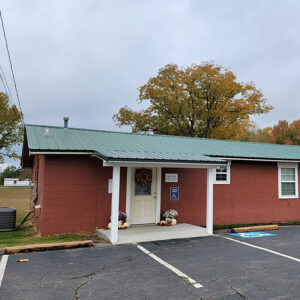 Hector City Hall
Hector City Hall
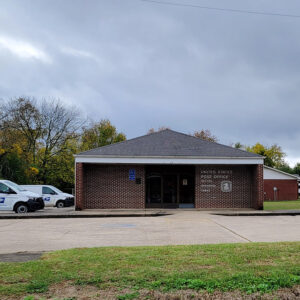 Hector Post Office
Hector Post Office
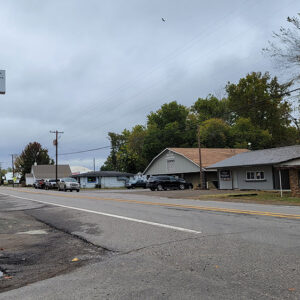 Hector Street Scene
Hector Street Scene
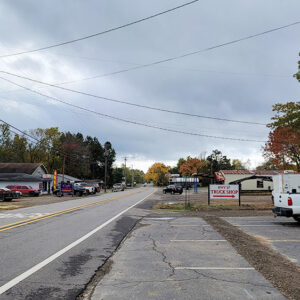 Hector Street Scene
Hector Street Scene
Hedges (Stone County)
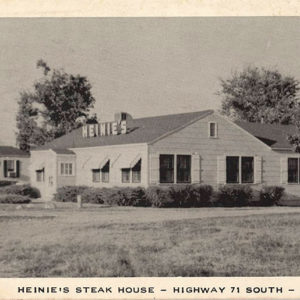 Heinie's Steak House
Heinie's Steak House
 Helena Aero Tech Buildings
Helena Aero Tech Buildings
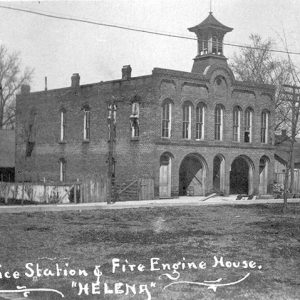 Helena City Hall
Helena City Hall
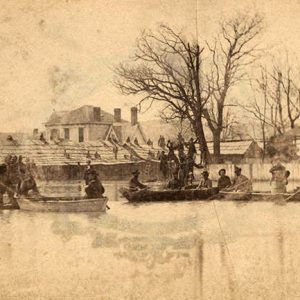 Helena Flood
Helena Flood
Helena-West Helena (Phillips County)
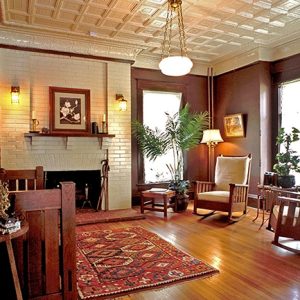 Hemingway-Pfeiffer Museum Interior
Hemingway-Pfeiffer Museum Interior
Hempstead County
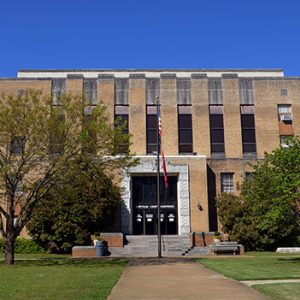 Hempstead County Courthouse
Hempstead County Courthouse
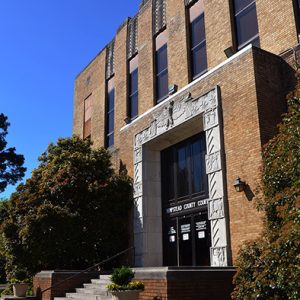 Hempstead County Courthouse Entrance
Hempstead County Courthouse Entrance
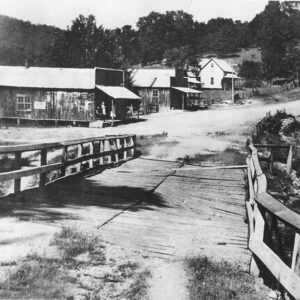 Henderson before Lake
Henderson before Lake
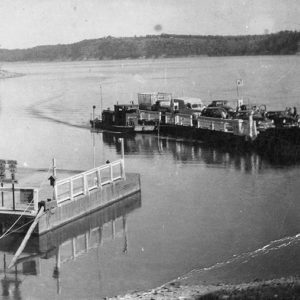 Henderson Ferry
Henderson Ferry
 Henderson Ferry
Henderson Ferry
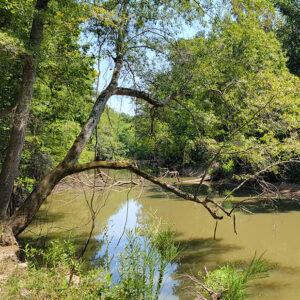 Henry Gray/Hurricane Lake WMA
Henry Gray/Hurricane Lake WMA
Hensley (Pulaski County)
 Hensley Community Center
Hensley Community Center
 Hensley Post Office
Hensley Post Office
 Heritage House Museum
Heritage House Museum




